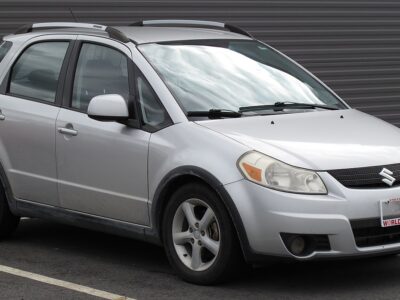
Is the Mitsubishi Mirage Really That Bad? The Honest Truth About This Underrated Compact Car
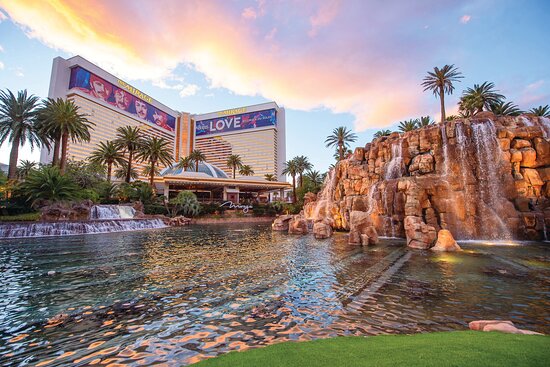
When it comes to the Mitsubishi Mirage, opinions are sharply divided. Some see it as a bare-bones budget car that should’ve been retired years ago, while others recognize it as one of the most practical and cost-effective vehicles on the market today. So what’s the truth? Is the Mirage really that bad—or has it simply been misunderstood?
In this comprehensive analysis, we explore the Mirage’s real-world performance, value, owner experiences, and competition to uncover why this little hatchback may be one of the smartest budget buys around.
- Introduction to the Mitsubishi Mirage
- Why the Mirage Exists: The Budget-Friendly Vision
- Design and Styling: Simple but Purposeful
- Performance and Driving Experience
- Fuel Efficiency: The Mirage’s Secret Weapon
- Interior Comfort and Technology
- Cargo Space and Practical Utility
- Maintenance, Reliability, and Cost of Ownership
- Safety Ratings and Real-World Protection
- Common Misconceptions About the Mirage
- What Real Owners Say: Testimonials From Drivers
- Comparing the Mirage to Its Rivals
- Who Should Buy the Mitsubishi Mirage?
- Pros and Cons at a Glance
- Final Verdict: Misunderstood or Mediocre?
Introduction to the Mitsubishi Mirage
The Mitsubishi Mirage has been in production for decades, surviving multiple redesigns and market shifts. In today’s world of expensive vehicles and oversized SUVs, the Mirage offers something refreshingly different—simplicity and economy.
Priced thousands below most new cars, it appeals to first-time buyers, urban commuters, and anyone looking to keep ownership costs minimal. Yet, despite its affordability and reliability, it’s often criticized by reviewers focused on luxury, speed, or refinement—areas where the Mirage was never meant to compete.
Why the Mirage Exists: The Budget-Friendly Vision
Mitsubishi built the Mirage to fill a critical gap in the market: affordable, reliable, and fuel-efficient transportation. It’s not pretending to be a sports car or a luxury compact—it’s an answer to economic practicality.
While automakers like Toyota and Honda have gradually raised prices, Mitsubishi stayed focused on the essentials, offering a car that’s attainable even for tight budgets.
Key Philosophy:
- Prioritize value over vanity.
- Maximize fuel efficiency.
- Keep maintenance costs low.
- Offer simplicity that lasts.
Design and Styling: Simple but Purposeful
The Mirage’s design isn’t flashy—but it’s functional. Its small footprint makes it perfect for tight city streets and compact parking spaces.
Recent models sport aerodynamic contours, a refreshed grille, and LED lighting on higher trims. While critics may call it “plain,” its design enhances fuel economy and maneuverability, which are far more important to its mission.
Performance and Driving Experience
Under the hood, the Mirage carries a 1.2-liter three-cylinder engine producing around 78 horsepower. It’s not built for drag races—but for efficiency.
Paired with a Continuously Variable Transmission (CVT), it delivers smooth, predictable power ideal for urban commutes. Its lightweight body (just over 2,000 pounds) contributes to easy handling and impressive gas mileage.
Performance Highlights
- 0–60 mph: ~12 seconds
- Combined fuel economy: Over 40 MPG
- Tight turning radius: Ideal for city driving
- Smooth CVT for efficient gear ratios
Yes, it’s slow—but it’s steady, efficient, and easy to drive.
Fuel Efficiency: The Mirage’s Secret Weapon
The Mirage shines where it matters most: fuel economy. With EPA ratings often exceeding 40 MPG combined, few gasoline cars come close at this price point.
You may be interested in reading Hyundai Accent vs Mitsubishi Mirage: A Detailed Comparison for 2025
Hyundai Accent vs Mitsubishi Mirage: A Detailed Comparison for 2025For drivers commuting long distances or living in fuel-costly regions, the Mirage can save hundreds of dollars annually in gas expenses.
| Driving Condition | Estimated MPG |
|---|---|
| City | 36–39 MPG |
| Highway | 43–47 MPG |
| Combined | 40–44 MPG |
This efficiency makes it one of the most cost-effective daily drivers in North America.
Interior Comfort and Technology
Inside, the Mirage is minimalist yet surprisingly functional. While materials lean toward the basic side, Mitsubishi includes modern features most drivers expect.
Interior Features
- 7-inch touchscreen infotainment system
- Apple CarPlay & Android Auto (on recent trims)
- Bluetooth and USB connectivity
- Keyless entry and push-button start
- Air conditioning and power accessories
Higher trims like the Mirage SE add heated seats, leather-wrapped steering wheel, and upgraded audio. The seats are firm but ergonomic—designed for economy, not luxury.
Cargo Space and Practical Utility
Despite its small size, the Mirage offers 17 cubic feet of cargo space behind the rear seats, expanding to 47 cubic feet when folded down.
It’s a versatile hatchback ideal for groceries, luggage, or compact gear—perfect for college students, delivery drivers, and small families.
Maintenance, Reliability, and Cost of Ownership
Here’s where the Mirage quietly wins. With simple mechanical components and proven engineering, it’s cheap to maintain and easy to repair.
Oil changes, brake replacements, and filters cost far less than average. Plus, Mitsubishi’s 10-year/100,000-mile powertrain warranty is one of the best in the industry.
Typical Annual Costs
- Insurance: Lower than most compacts
- Maintenance: ~$400–$600 per year
- Fuel: Among the lowest of any gas vehicle
Owners frequently report that the Mirage, when maintained properly, easily surpasses 150,000–200,000 miles without major issues.
Safety Ratings and Real-World Protection
Safety isn’t its strongest area, but it’s far from unsafe. The Mirage includes:
- Front, side, and curtain airbags
- ABS with electronic brake-force distribution
- Stability and traction control
- Rearview camera (standard)
Advanced systems like lane departure warning and forward collision mitigation appear on newer trims.
The Mirage scores average safety ratings from IIHS and NHTSA—acceptable for its class and price bracket.
Common Misconceptions About the Mirage
Let’s debunk a few myths:
You may be interested in reading Hyundai Accent vs Mitsubishi Mirage: A Detailed Comparison for 2025
Hyundai Accent vs Mitsubishi Mirage: A Detailed Comparison for 2025 Mitsubishi Mirage Dashboard Warning Lights and Symbols Explained (2025 Guide)
Mitsubishi Mirage Dashboard Warning Lights and Symbols Explained (2025 Guide)- “It’s unreliable.”
False. Many owners drive their Mirages for over a decade without major repairs. - “It’s unsafe.”
Not true. It meets all modern safety regulations and includes key protection features. - “It’s slow and boring.”
While not fast, it’s nimble in the city, easy to park, and ideal for commuting. - “It’s cheaply built.”
The Mirage uses simple, durable materials to minimize costs—not to cut corners.
What Real Owners Say: Testimonials From Drivers
Most Mirage owners appreciate its low cost of ownership and ease of driving. Common feedback includes:
- “It’s not glamorous, but it’s dependable.”
- “I fill up once every two weeks—it’s that efficient.”
- “Maintenance is dirt cheap.”
- “I bought it as a commuter, and it’s been perfect.”
Few cars earn loyalty through affordability, but the Mirage does.
Comparing the Mirage to Its Rivals
| Model | Starting Price | Combined MPG | Horsepower | Pros |
|---|---|---|---|---|
| Mitsubishi Mirage | ~$17,000 | 40+ | 78 | Cheapest, most fuel-efficient |
| Kia Rio | ~$18,000 | 36 | 120 | Stronger engine, refined interior |
| Hyundai Accent | ~$18,500 | 36 | 120 | Great reliability, smooth ride |
| Toyota Yaris (used) | ~$19,000 | 35 | 106 | Excellent build, higher price |
The Mirage may not top every category—but no rival matches its combination of price, warranty, and fuel economy.
Who Should Buy the Mitsubishi Mirage?
The Mirage isn’t for thrill-seekers—it’s for smart, budget-conscious drivers who value practicality over prestige.
Perfect for:
- Urban commuters
- Students and first-time buyers
- Rideshare or delivery drivers
- Retirees needing a simple daily vehicle
If your priority is dependable, affordable transportation, the Mirage fits perfectly.
Pros and Cons at a Glance
| Pros | Cons |
|---|---|
| Extremely affordable | Modest acceleration |
| Outstanding fuel economy | Basic interior materials |
| Long warranty | Cabin noise at highway speeds |
| Low maintenance costs | Limited tech and safety features |
| Easy to park and maneuver | Average resale value |
Final Verdict: Misunderstood or Mediocre?
The Mitsubishi Mirage isn’t bad—it’s honestly built for its purpose. It’s not luxurious or fast, but it’s one of the few cars that remains truly accessible, efficient, and reliable in a market full of overpriced complexity.
If you want performance or prestige, look elsewhere. But if you want a dependable, fuel-sipping companion that saves you money every month, the Mirage deserves a second look.
Sometimes, “cheap” doesn’t mean “bad”—it means smart.
FAQs
1. Is the Mitsubishi Mirage good for long drives?
Yes, though it performs best in city environments. On highways, it’s efficient but may feel underpowered.
2. How long does the Mirage typically last?
With proper maintenance, 150,000–200,000 miles is common.
3. Does the Mirage come with a good warranty?
Absolutely—Mitsubishi’s 10-year/100,000-mile powertrain warranty is among the best in the industry.
4. What’s the Mirage’s biggest advantage?
Its unmatched fuel economy and incredibly low ownership costs.
 Hyundai Accent vs Mitsubishi Mirage: A Detailed Comparison for 2025
Hyundai Accent vs Mitsubishi Mirage: A Detailed Comparison for 2025 Mitsubishi Mirage Dashboard Warning Lights and Symbols Explained (2025 Guide)
Mitsubishi Mirage Dashboard Warning Lights and Symbols Explained (2025 Guide) How Many Miles Can a Mitsubishi Mirage Last? The Ultimate Longevity and Reliability Guide
How Many Miles Can a Mitsubishi Mirage Last? The Ultimate Longevity and Reliability Guide5. Should I buy a new or used Mirage?
Either option is budget-friendly, but new models include improved safety features and modern tech.
If you want to know other articles similar to Is the Mitsubishi Mirage Really That Bad? The Honest Truth About This Underrated Compact Car you can visit the category Blog.
Deja una respuesta


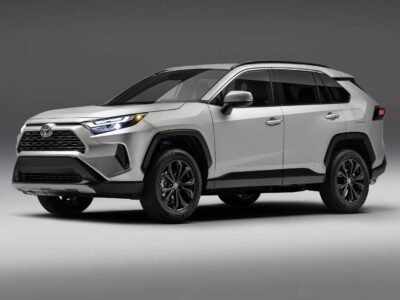
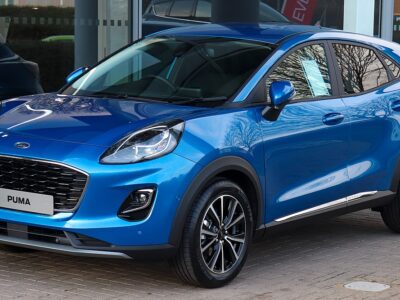
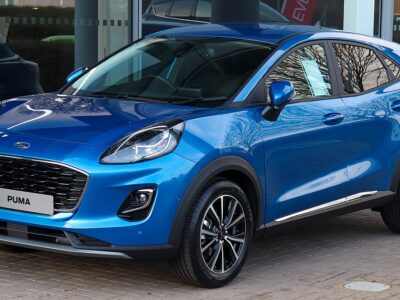
More content of your interest